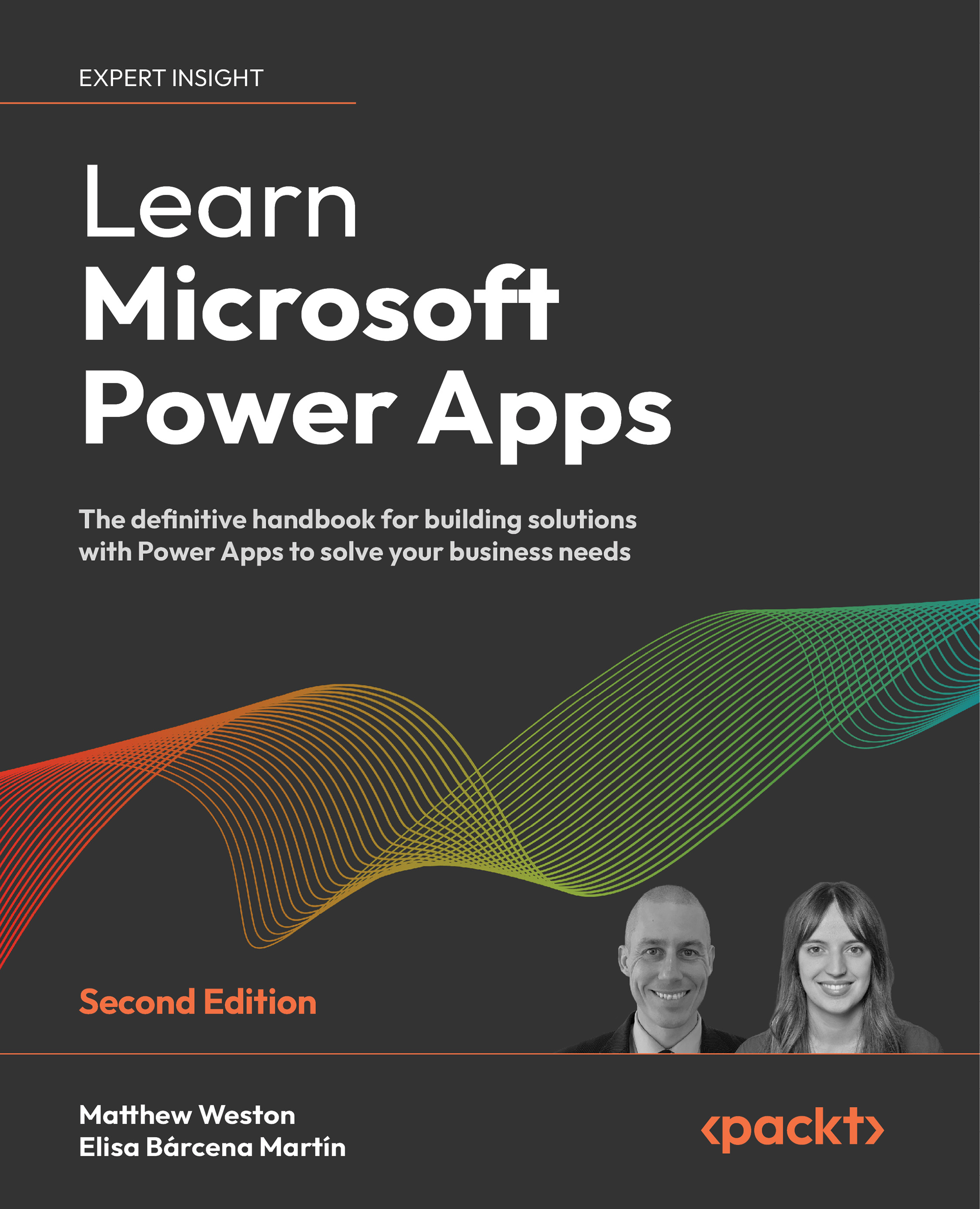Plan your user journey
So many times, I have seen the user journey neglected by budding app developers. Again, I’ll hold my hands up and say that sometimes I’m so excited by the prospect of what my app could be, that I just dive straight in and start creating. This has then meant that I’ve ended up missing key considerations about what my user journey through the app is going to be.
What I’ve found more useful though is planning the user journey before I start writing. So what does this mean to you as a developer? It means that you need to first consider what the user needs to do to achieve an effect, e.g., my user needs to use the app to create a new entry in a system, or my user needs to use the app to update an existing entry.
Once you have your key activities noted, you can then start to plan how the users achieve that. Keep in mind that you don’t need premium tools for a basic journey; quite often, I just use something as simple as PowerPoint...
































































